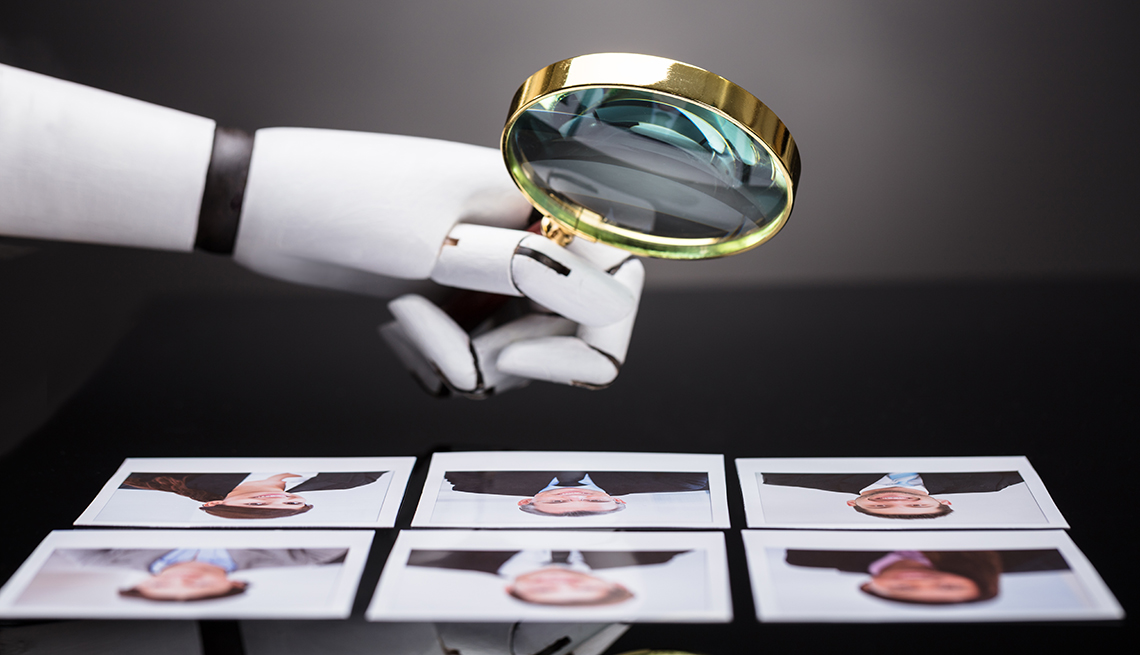AARP Hearing Center
While computer software can help recruiters sift through piles of applications faster, companies are under pressure to make sure they don’t discriminate against older workers. Looking for a solution, employers are turning to artificial intelligence (AI) as one way to give everyone a fair chance at jobs.
The average length of time a recruiter spends on each résumé for a job opening is six seconds, according to several studies of human resource officers. Because it’s difficult to make an informed decision so quickly, many companies use software to initially screen candidates based on keywords in their résumés or applications. But advocates for older workers have raised concerns about how these tools might digitally discriminate against older workers.
Some of the basic uses of recruiting technology already have ended up in court, facing complaints of age bias. For example, one lawsuit alleges that PricewaterhouseCoopers denied older workers job opportunities in part by discarding applications if the candidates did not have email accounts ending in “.edu,” which are university accounts commonly used by students and recent college grads but are less common among older alumni. Another technology-based lawsuit claims that employers were using Facebook to advertise job postings only to younger people.
“This would mean the methods of discrimination have changed and its tools now include algorithms, dropdown boxes and pattern recognition — but those are tools that can help older Americans rather than deny opportunity,” AARP Executive Vice President Nancy LeaMond says of the social media lawsuit.
As these cases work their way through the courts, tech companies and human resources managers are starting to consider ways software can be used to reduce the unintended biases that cause employers to overlook talented candidates. One approach involves using AI, which basically is software that is programmed to think rather than simply react.






























































